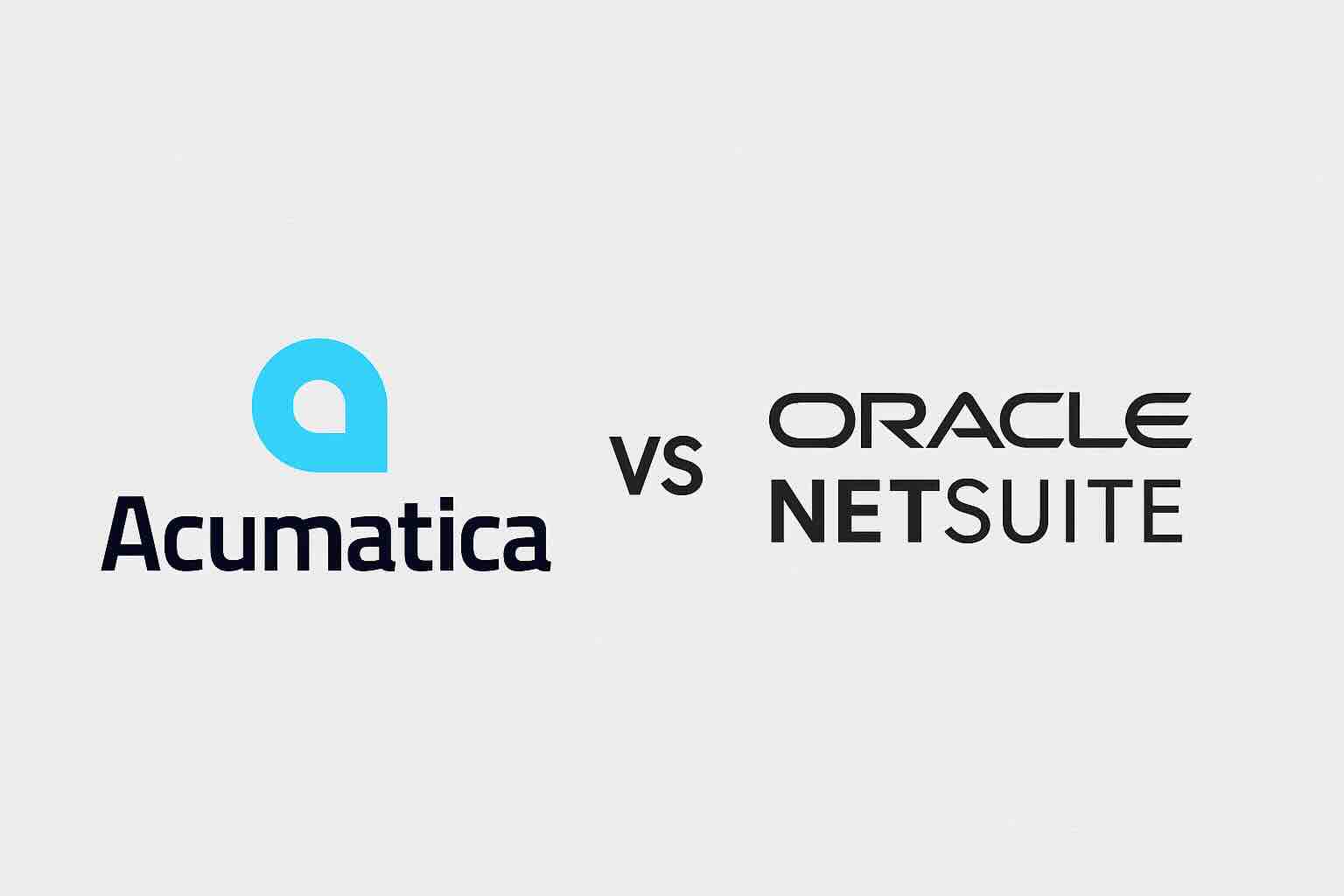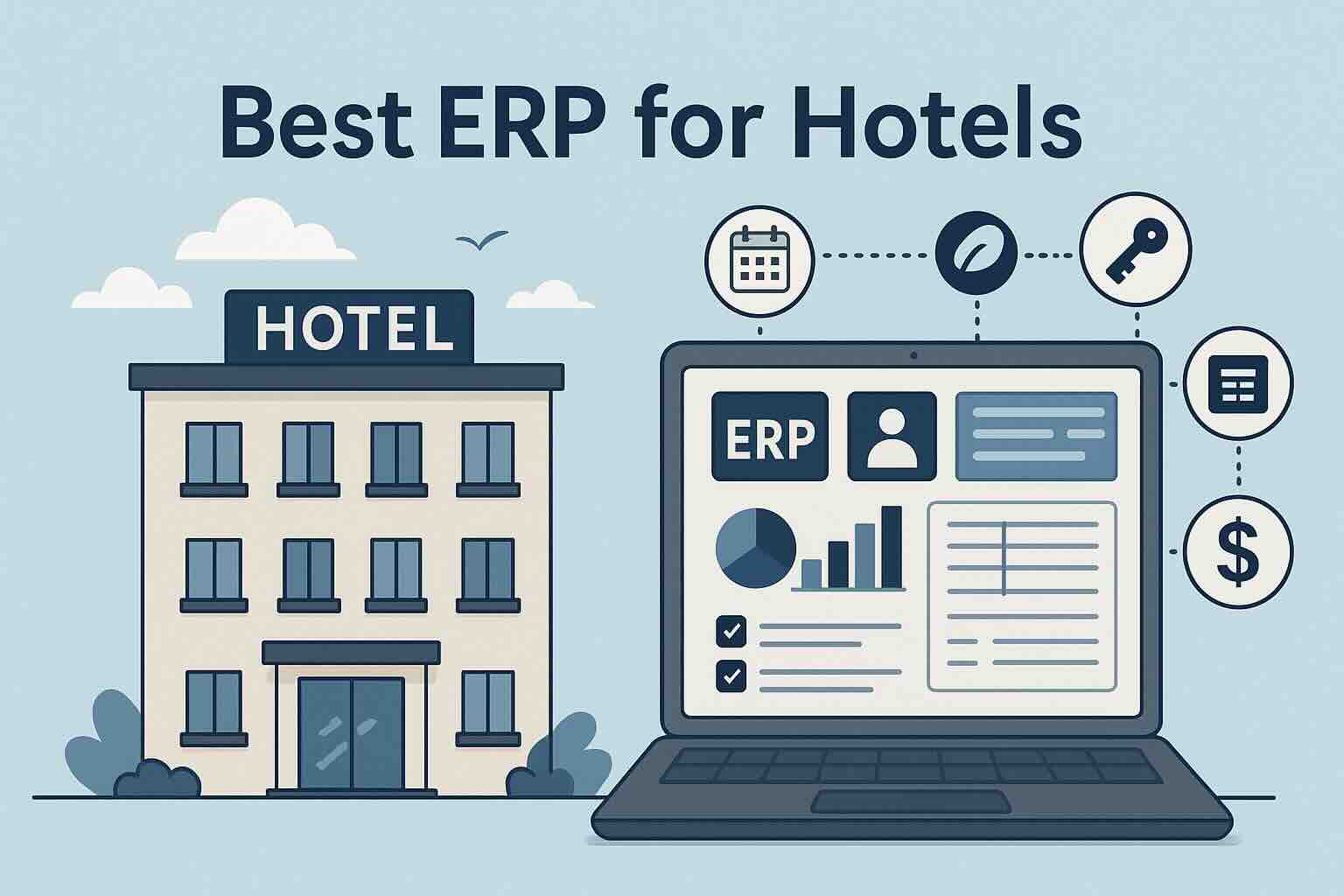Acumatica vs NetSuite: Which ERP Solution is Best for Your Business?

Choosing the right Enterprise Resource Planning (ERP) software can shape your company’s growth and efficiency for years to come. In 2025, two cloud-based leaders dominate many shortlists – Acumatica and NetSuite. Both offer powerful capabilities, but they differ in pricing, flexibility, and global functionality. This Acumatica vs NetSuite guide will help you decide which system matches your business strategy.
Overview of Acumatica
Acumatica delivers a flexible cloud ERP platform built for adaptability. Businesses can run it in the cloud, on-premises, or in a hybrid setup. It includes modules for financial management, project accounting, distribution, CRM, and more. Because the platform grows with your company, it appeals to fast-scaling organizations.
Key Advantages of Acumatica:
-
User-friendly interface: Teams quickly learn the system, reducing training time.
-
High customizability: Companies can tailor workflows, fields, and reports to their exact needs.
-
Flexible deployment: Choose cloud, on-premise, or hybrid based on infrastructure and compliance requirements.
-
Real-time data: Managers get instant visibility into operations for faster decision-making.
To find out more about Acumatica you can visit this link.
Overview of NetSuite
NetSuite, owned by Oracle, provides a unified cloud ERP that integrates financials, CRM, eCommerce, inventory, HR, and more. Its deep functionality suits companies with complex or global operations. NetSuite runs entirely in the cloud and supports multiple subsidiaries, currencies, languages, and regulatory frameworks out of the box.
Key Advantages of NetSuite:
-
Comprehensive suite: Manage all core processes in a single system.
-
Global reach: Handle international accounting, compliance, and reporting with built-in tools.
-
Scalability: Support rapid growth without re-platforming.
-
Advanced analytics: Use powerful reporting and KPIs to guide strategic planning.
To find out more about NetSuite you can visit this link.
Acumatica vs NetSuite: Detailed Comparison
1. Cost and Pricing Model
Acumatica charges based on computing resources rather than user count. For organizations with many users but moderate transaction volumes, this often lowers costs. However, resource usage can grow unpredictably, which may increase fees over time.
NetSuite typically charges per user and by feature set. Costs can climb quickly for large teams, especially when adding advanced modules, high transaction tiers, or premium support.
2. Customization and Flexibility
Acumatica offers a high degree of customization, letting businesses adapt screens, workflows, and integrations without heavy coding. This flexibility suits companies with unique processes.
NetSuite also supports customization, but complex changes often require experienced developers or certified partners. Its advantage lies in rich, out-of-the-box capabilities, especially for finance and compliance.
3. Implementation and Ease of Use
Many companies report that Acumatica’s implementation runs smoothly and training takes less time. Its intuitive interface speeds adoption across departments.
NetSuite implementations often take longer because of the system’s depth. Teams may need more training, yet the result is a fully integrated solution capable of managing complex, multi-entity operations.
4. Integration Capabilities
Acumatica integrates easily with third-party applications through open APIs, giving IT teams flexibility in choosing best-of-breed tools.
NetSuite connects seamlessly within the Oracle ecosystem and offers certified integrations for hundreds of business applications. For enterprises using multiple Oracle products, this synergy adds value.
5. Customer Support and Community
Acumatica earns high marks for responsive, personalized support and strong partner involvement. Many users praise its accessible community resources.
NetSuite provides extensive documentation, training, and global support. However, premium support plans can be expensive.
Analyst and User Sentiment in 2025
Recent reports add valuable context to the Acumatica vs NetSuite debate:
-
G2 Spring 2025: Acumatica scores higher in user satisfaction, usability, and value.
-
SelectHub July 2025: Analysts rate NetSuite at 88 and Acumatica at 85, but users give Acumatica 89% satisfaction vs. NetSuite’s 81%.
-
Global capabilities: NetSuite leads in multi-subsidiary consolidation, multi-book accounting, and complex compliance- areas where Acumatica requires more configuration.
Which ERP Should You Choose in 2025?
Choose Acumatica if:
-
You need extensive customization without heavy coding
-
Your team values an intuitive interface and faster onboarding
-
You want flexible deployment options
-
You have many users but moderate transaction volume
Choose NetSuite if:
-
You operate globally with complex compliance needs
-
You require advanced financial management out of the box
-
You can invest in longer implementations for a deeply integrated system
-
You expect to manage multiple subsidiaries, currencies, or high transaction volumes
Make the Right Choice With Compare ERP
Implementing the right ERP system could be the game-changer your business needs. With our AI-powered Compare ERP tool, you can effortlessly explore and compare solutions tailored to your unique requirements. The advanced engine analyzes millions of data points across 100+ ERP systems and delivers your top three picks based on your priorities.
Best of all, it’s completely free. Take the first step toward streamlining operations and boosting productivity and start comparing today.









